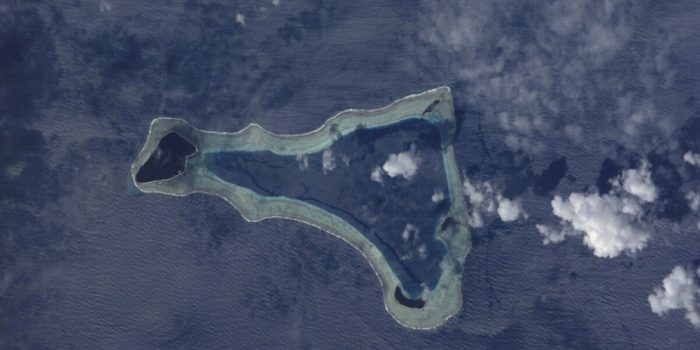Scientists are really fascinated by something called the Melanesian Border Plateau. It’s a huge structure made of special rock under the Pacific Ocean near the Solomon Islands. This plateau is massive, stretching out for about 1,000 by 200 miles.
They think it formed around 100 million years ago and is still getting bigger. A recent study, written up in Earth and Planetary Science Letters, was led by Kevin Konrad, a geoscientist from the University of Nevada, Las Vegas. This study helps us understand how this incredible geological thing came to be.

Unlike other major structures formed by a single volcanic episode, the Melanesian Border Plateau is believed to have originated through four distinct volcanic episodes during the Cretaceous period. While singular volcanic events in Earth’s history have been linked to severe consequences like climate shifts and mass extinctions, the multiple episodes contributing to the Melanesian Border Plateau occurred over extended periods, potentially mitigating significant environmental impacts.
“There are some features in the Pacific basin where [scientists] have only a single sample, and it looks like a very large massive single event,” lead author and University of Nevada, Las Vegas geoscientist Kevin Konrad told Live Science. “Sometimes when we sample these features in detail, we realize they’re actually built over multiple pulses over tens of millions of years and wouldn’t have significant environmental impacts.”

Through the analysis of rock samples collected from the area over the past decade, researchers concluded that the plateau’s formation commenced approximately 120 million years ago. As the plateau drifted across Earth’s mantle hotspots, it underwent various transformations, giving rise to chains of underwater islands. The detailed examination of these geological features challenges previous assumptions about the formation of ocean mid-plate superstructures.
Kevin Konrad emphasizes that scrutinizing rock samples in detail can reveal more complexity in geological formations. This study not only adds insights into the dynamic processes shaping the Earth’s crust but also suggests that our understanding of oceanic superstructures may evolve as exploration of the world’s oceans continues.
The Melanesian Border Plateau serves as a testament to the intricate geological diversity hidden beneath the ocean’s surface, encouraging further exploration and discovery in the field of marine geology.


